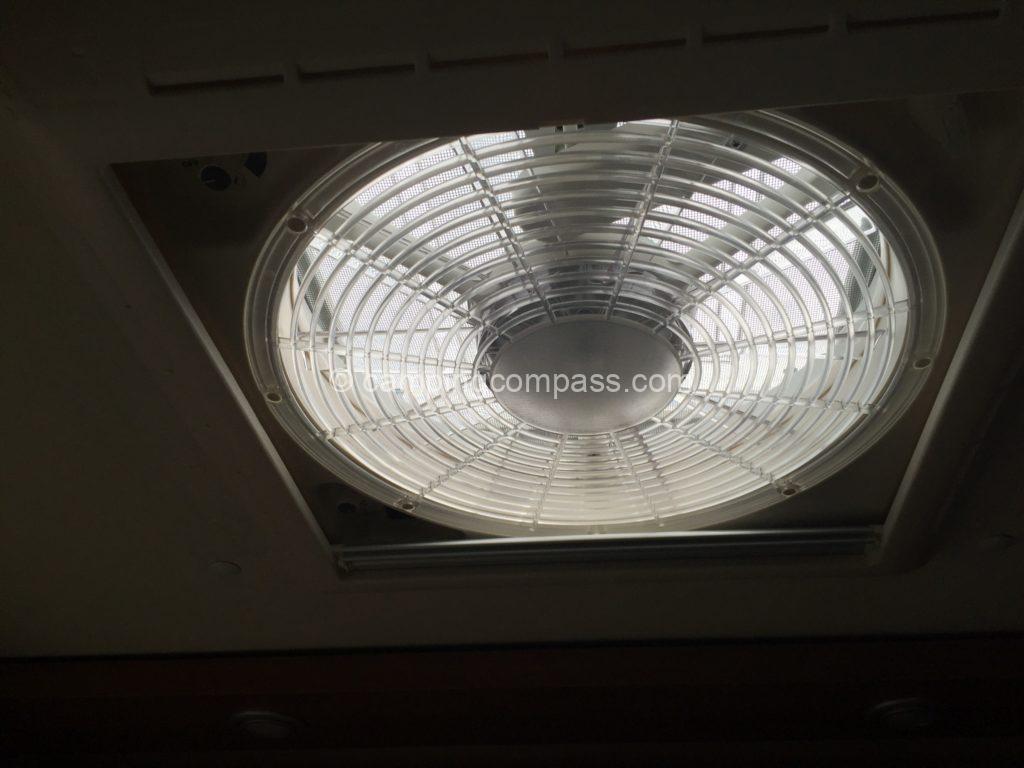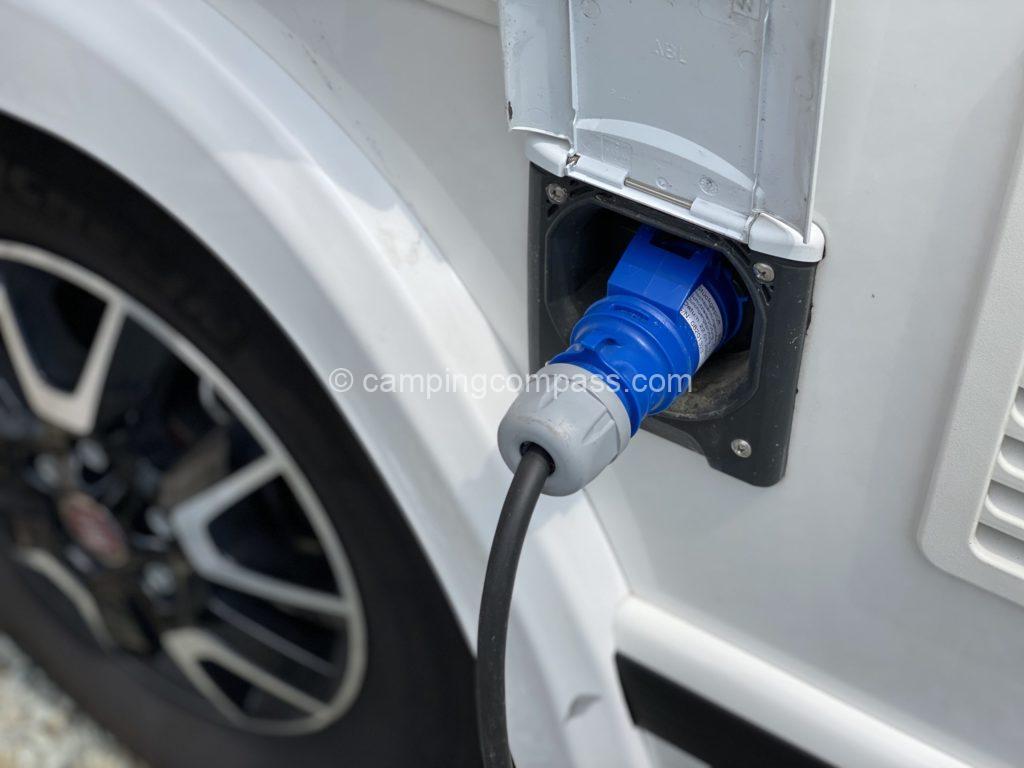Almost everything in the living area of the motorhome runs on 12V. In addition to the standard battery that is designed for driving, the motorhome electrical system also has a leisure battery. And everything is connected to them. The lights, the water pump, the heat diffuser but also the compressor fridge or the TV.
“The status of the available electricity can be checked via the motorhome’s control panel”
Charging mobile phones and laptops in motorhome
Motorhome electrical system has 12V connectors for connecting mobile phone or laptop chargers. USB sockets for charging are also commonplace. It is most ideal to have all chargers on 12V. If the device you want to charge doesn’t have such a charger, you have to use a voltage converter from 12V to 23V. See the following pages to learn more about the converter.
A 12V hairdryer works. It only has 150W of power, so you’ll be drying your hair 10 times longer than with a 1500W hair dryer. But it works.
Leisure batteries in motorhome
Leisure batteries differ from starter batteries in type, size and capacity. They are located inside the motorhome, usually under one of the seats or in a special compartment for the motorhome’s electronics. Leisure batteries are charged while driving.
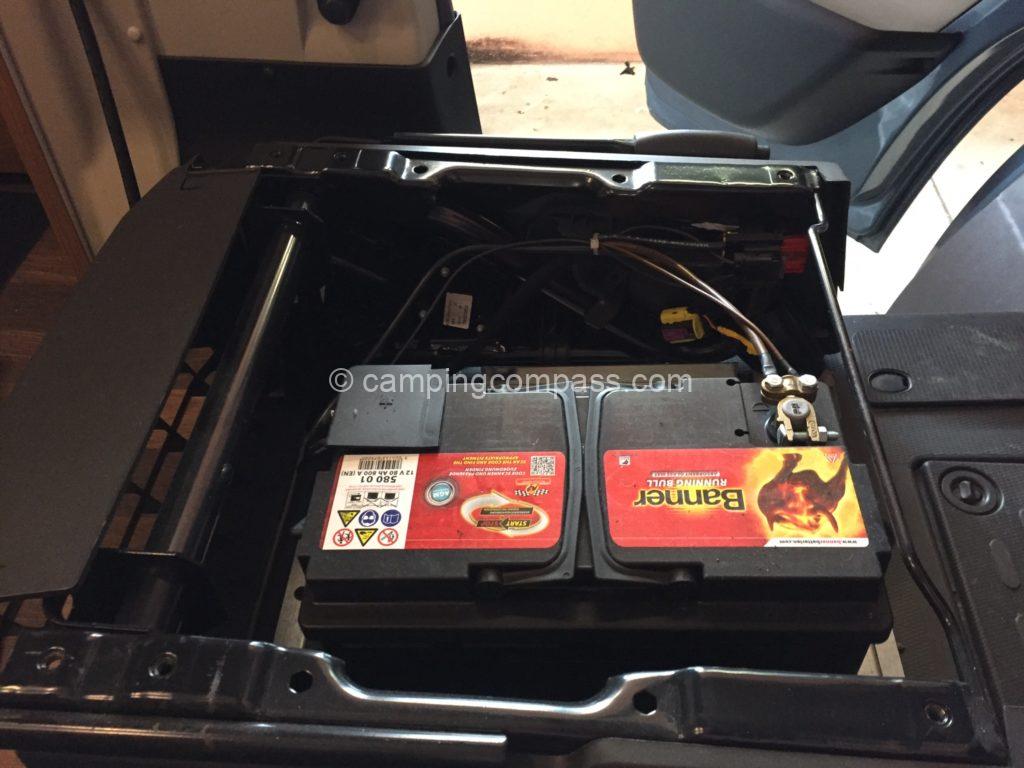
The most common type of leisure batteries are AGM or Gel. With these types of batteries, approximately 70-80% of the battery capacity can be drained from the battery. So if you have two 100Ah batteries, which is 200Ah, you can only realistically use about 160Ah.
So you need to either conserve electricity or recharge it in some way. Solar panels, a booster, EFOY or an unpopular power bank are used for this.
The most modern batteries are of the LiFePO4 type, which have quite a few advantages besides their brutally high price. They are light in weight, can charge relatively quickly and allow you to use up almost 100% of their capacity
However, the price for LiFePo4 batteries is about triple that of Gel batteries. So it depends on you, how much time you spend off-grid, i.e. without access to a power connection, and especially how much time you want to motorhome in winter when electricity is scarce.
Most motorhomes have only one leisure battery as standard equipment. The batteries can be connected in parallel to increase the total available capacity. So if you have the space and the endorsement, you can hook up up up to 4 batteries.
Control panel for your motorhome electrical system
All motorhomes have a control panel. Each manufacturer uses a different panel which allows different functions. Using the control panel it is basically possible to:
- check the voltage of the motorhome battery
- check the voltage of the starting battery
- the drinking water level
- waste water status
- switch on the heating
- adjust the refrigerator
- switch on the water pump
The battery status is checked by default by displaying volts. The battery is completely discharged if the voltage drops below 12V.
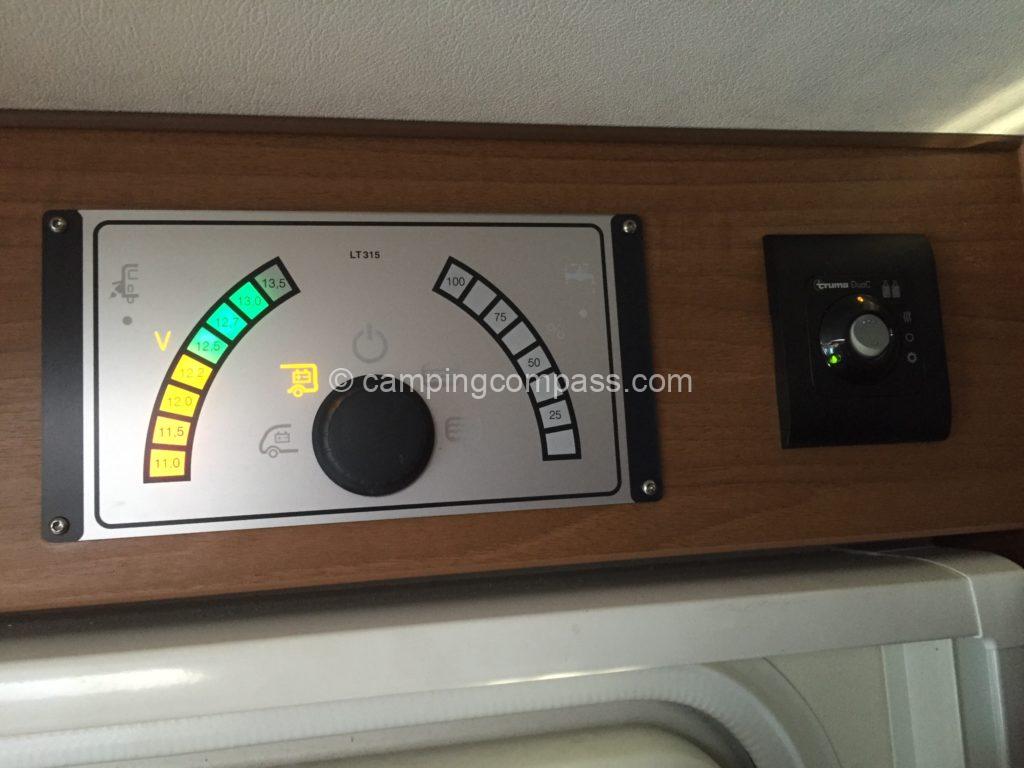
If you really want to have control over the status of the battery, I recommend installing a control panel that shows the consumed or available energy in Ah. Such a panel is produced by Victron or Buttner for example. Battery monitors are also available today that work via bluetooth and the status is checked via a mobile app. It’s also a good solution if you don’t want to drill too much into the motorhome’s cabinets.
Booster
Booster in the motorhome electrical system is a 12V to 12V charger. It works while the car engine is running and recharges the motorhome batteries with up to 90A of current. It all depends on the capacity and type of batteries used.
So you can charge your batteries faster even on a shorter trip. The Booster charges the batteries intelligently, depending on the temperature and the current state of charge of the batteries.
If you go motorhoming in winter, the booster is quite a convenient way to charge your batteries. Even with a short one-hour move, you can recharge, for example, a 50Ah battery.
“The booster is a very good and practical substitute for an electric battery”
Solar panel connected to motorhome electrical system
Nowadays, solar panels are a pretty cheap and accessible thing. I definitely recommend you to install at least some smaller 100W panel. There are either fixed or flexible panels. Fixed panels are heavier but should have higher efficiency. Flexible ones are almost invisible on the roof
There are also portable solar panels that you plug in when you park somewhere. Their advantage is that you can park the motorhome or van in the shade and put the solar panel in the sun.
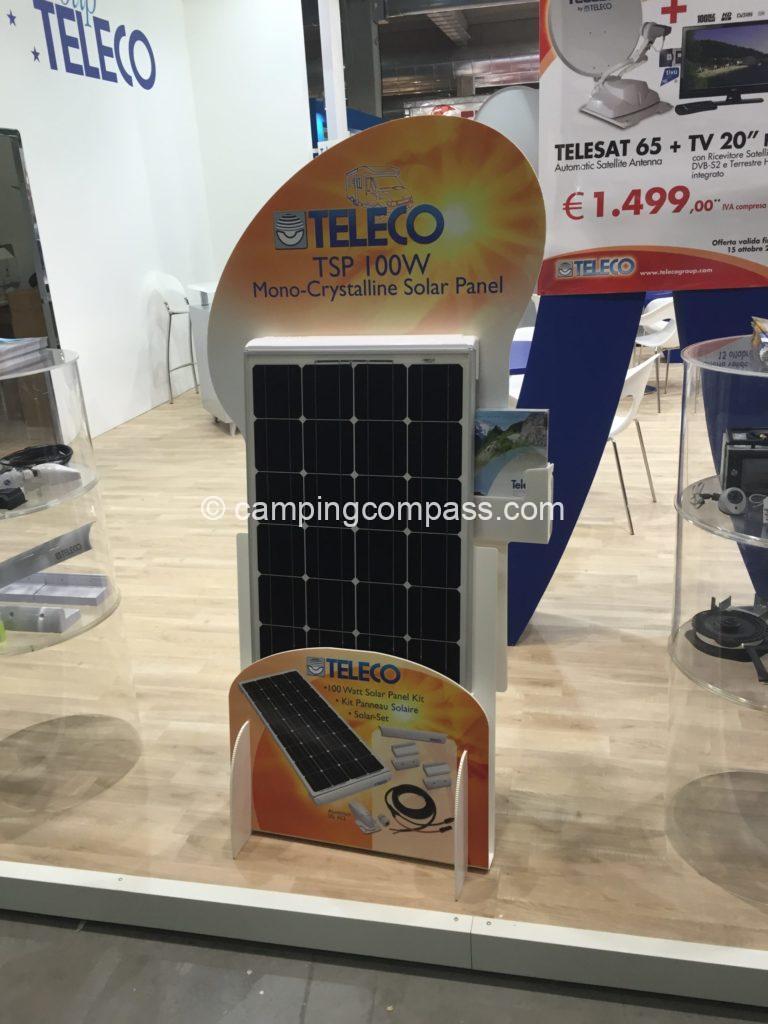
The solar panel is connected via a controller to a leisure or even a starter battery. In the summer time, it recharges the battery without any problems and you have electricity to spare. In winter, the efficiency of the panel is quite limited.
I recommend cleaning the panels regularly. A dirty panel recharges about 50% less than a clean one. A snowy panel recharges even 100% less than an unsnowy one!
At Club Joker we have two panels with a combined output of 170W. It will easily power a compressor refrigerator in the summer. In winter, however, it’s worse.
Electric generator
The electric generator allows you to produce 230V with either a petrol, diesel or LPG engine. Its big disadvantage is the noise that is created when the engine of the electrocentrifuge is running. Electrocentrifuges are therefore quite unpopular among motorhomers.
In addition to portable ones, there are also built-in electrocentrifuges. This means that the electric generator is part of a mostly large motorhome. In a smaller motorhome, you have nowhere to put a built-in electrocentre.
As I mentioned a few lines above, an alternative to the power pack is the Booster. Use it to charge your motorhome’s battery faster and make just as much noise.
Fuel cells
EFOY fuel cells are also an interesting alternative for generating electricity for motorhome electrical system. They are quiet and can charge the motorhome batteries continuously. The downside is the quite high price of both EFOY and fuel. Also, the EFOY needs to be placed somewhere.
TV, satellite and outdoor video outlet in motorhome
A TV in a motorhome is such a rather strange thing. In the past, I noticed that almost everyone had a TV. However, everything is changing. You watch my videos on YouTube or Reels, you read my online portal instead of a traditional book
The TV in the motorhome runs on 12V, it has quite low power consumption, so it’s possible to watch TV without connecting the motorhome to 230V. If you decide to install a TV in the motorhome, I definitely recommend an automatic satellite dish. The automatic antenna is mounted on the roof of the motorhome and automatically tunes in to the satellite of your choice.
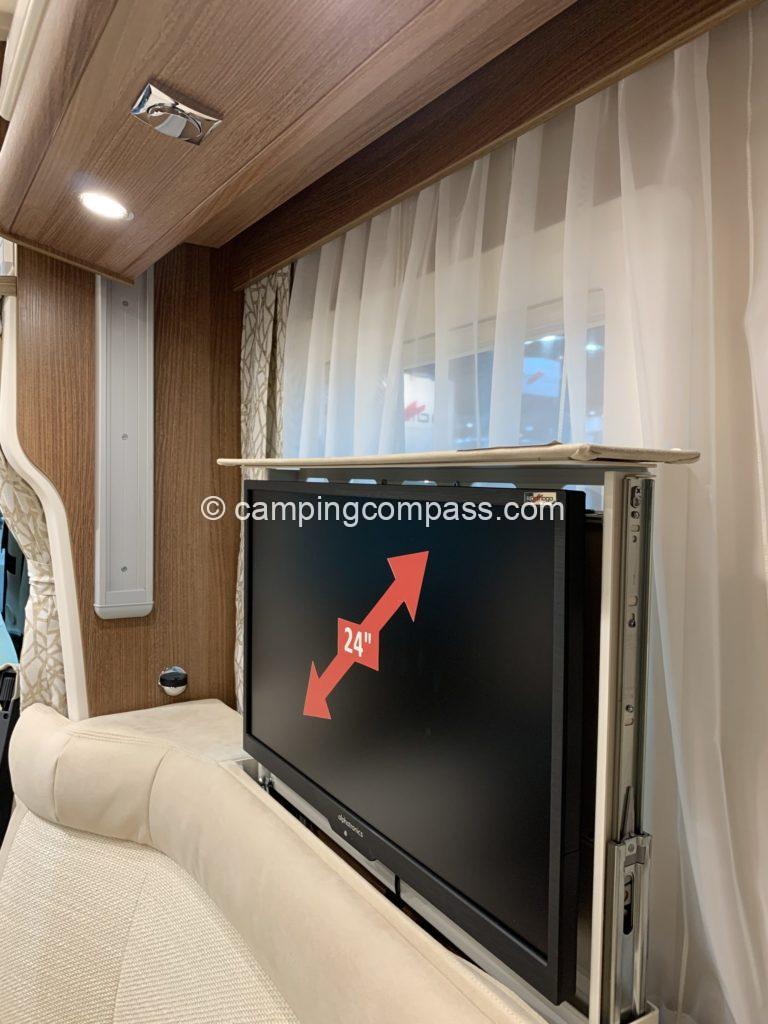
In addition to watching TV inside the motorhome, the TV can also be moved outside the motorhome. There is a special external socket for this
Motorhome voltage converter
The voltage converter converts your 12V to 230V. So if you want to plug in your coffee machine, blender or flexi, this is no problem in the motorhome.
Inverters come in different wattages and it’s up to you how powerful you need it to be. Each inverter has some loss that leaks into the heat, so it’s most convenient to power almost everything from 12V. Cell phones, laptops or even electric bikes if possible.
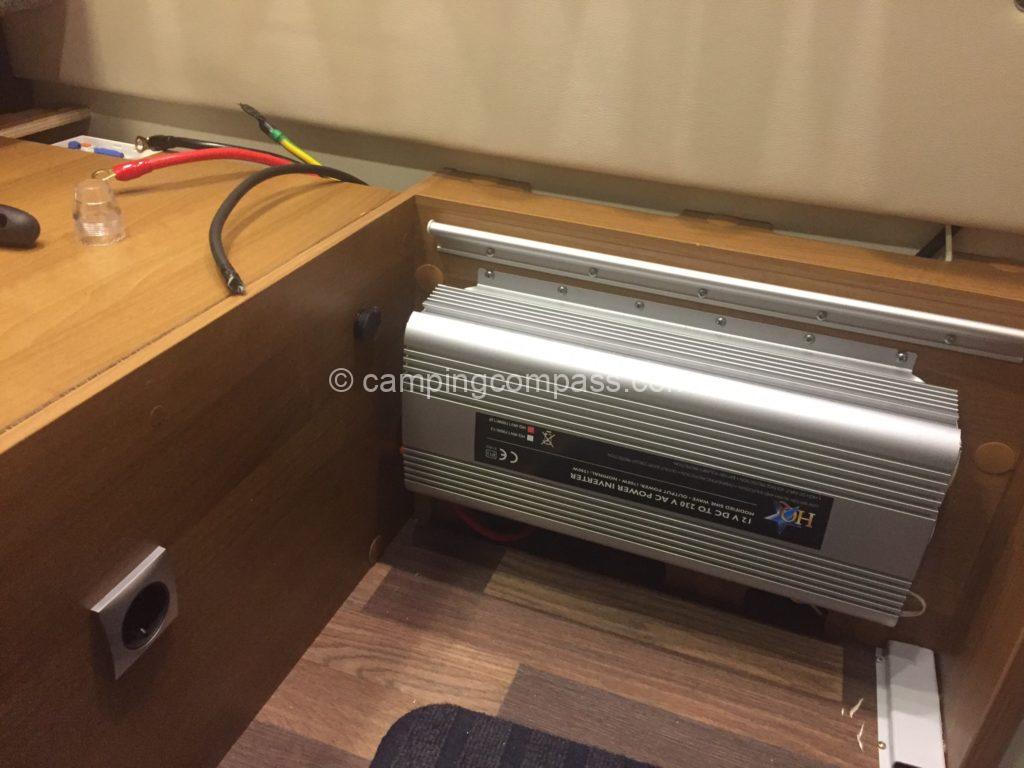
However, a charger for your device is not always available. If you have a drone or an electric longboard, you have to charge it via a voltage converter.
GSM and WiFi booster
GSM and WiFi boosters work like a motorhome router. This means you grab a remote campsite WiFi, which is usually only available somewhere at reception, and create your own WiFi network. It’s also great if you park somewhere in town and catch WiFi from a restaurant across the street.
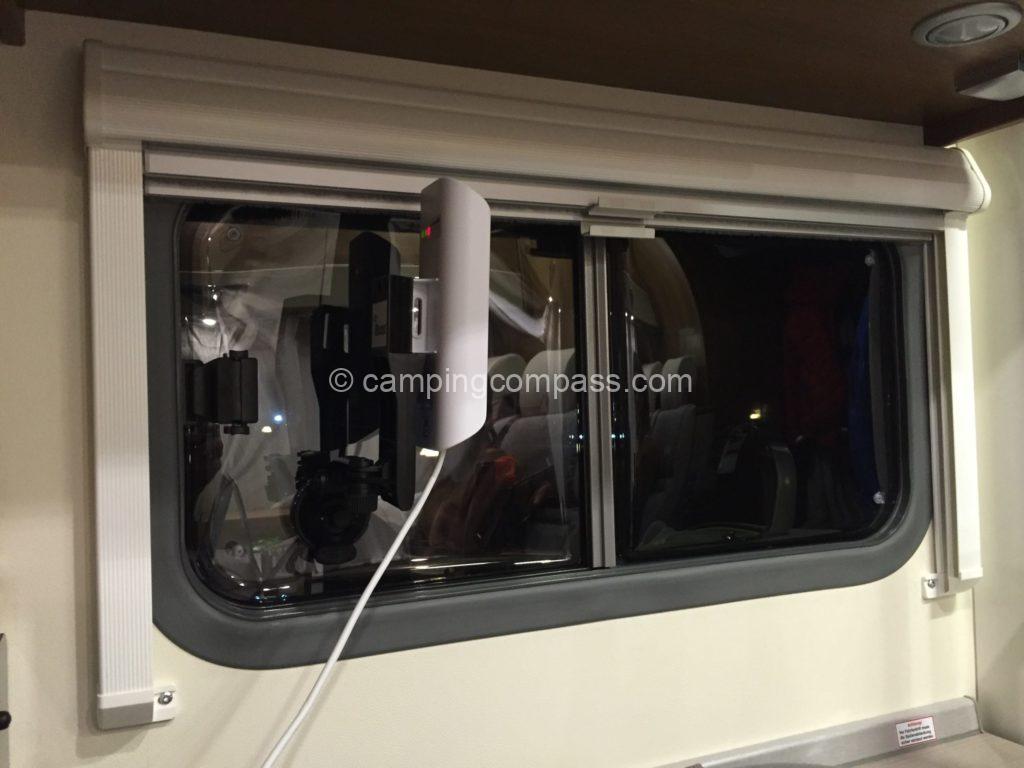
The GSM booster works on a similar principle, but the internet goes through your mobile operator’s sim card. Both boosters are mounted on the roof of the motorhome either permanently or only when you use them.
Motorhome air conditioning
A conventional engine air conditioner is usually not enough to cool the entire interior. Even with the rear seats, it gets pretty hot in the summer
Additional air conditioning runs on 230V and can be used either while driving or when connected to electricity at the campsite. It is most often mounted on the roof of the motorhome instead of one sunroof. There is also a built-in air conditioner, which is usually fitted to luxury motorhomes as there is no room for it in a standard motorhome.
Most motorhomes come without additional air conditioning and must be installed by a motorhome service.
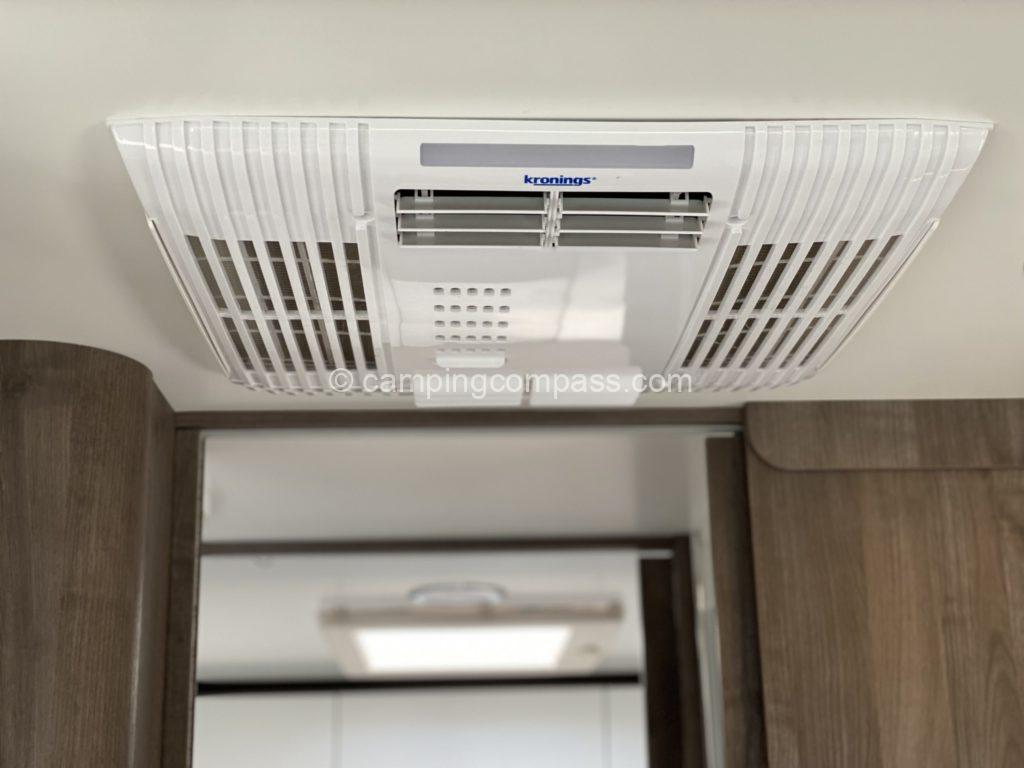
Motorhome roof window with fan
A fan built into the sunroof is a cheaper but quite effective alternative to air conditioning. The advantage is that it runs on 12V and can therefore be used without a connection in the campsite. You can leave the fan running all day in the summer and permanently change the air in the car. It is possible to either suck the air out of the motorhome or to suck air into the motorhome.
